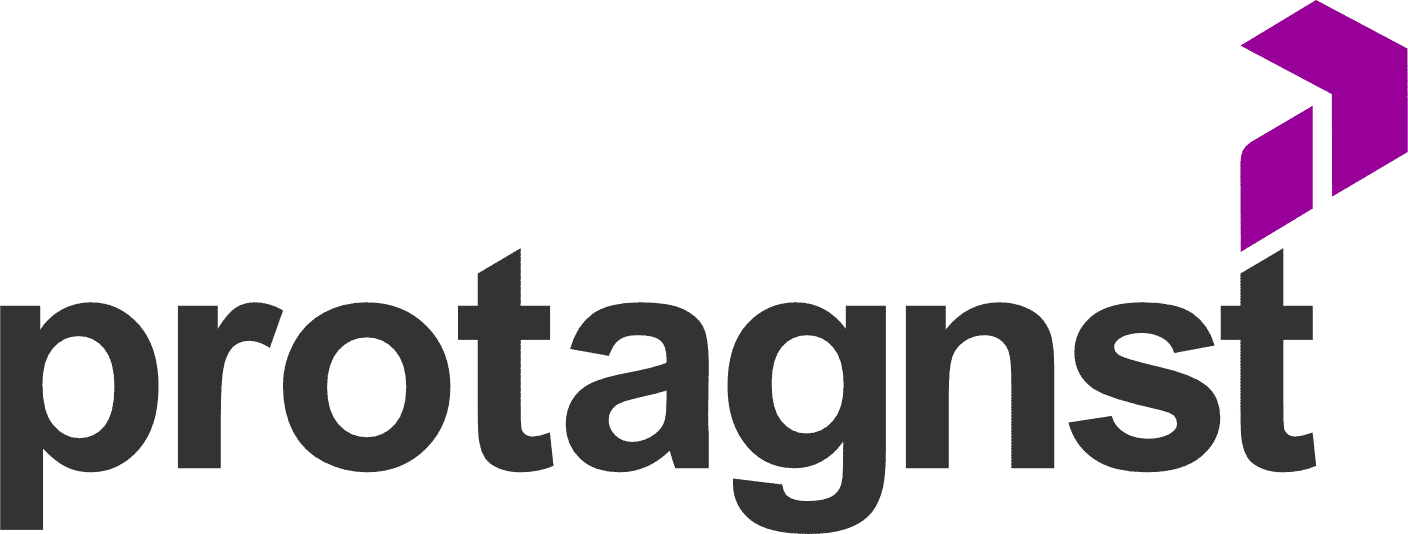How to Respond to “It’s Expensive”? Practical Guide

How to Turn the “It’s Too Expensive” Objection into a Sales Opportunity: Effective Strategies for Successful Negotiations When a customer says “it’s too expensive,” it’s common for salespeople to feel a knot in their stomachs. However, this objection can be transformed into a valuable opportunity to boost your sales. First, it’s crucial to understand that […]
Business mentoring

Image: CanvaDo you know what business mentoring is? We all know that starting a business, and especially leading it to success, can be an extremely difficult task. That’s why many business owners and entrepreneurs opt for business mentoring. This way, companies and those responsible for making them grow and consolidate in the market end up […]
Sales Ops: The Secret Weapon for Boosting Your Sales Performance

In a world where efficiency and strategy are paramount to an organization’s success, Sales Ops has taken center stage. Far more than a simple administrative function, Sales Operations has become a strategic engine that optimizes sales operations, enabling sales teams to be more effective and focused. If you’ve ever wondered how to improve your sales […]
Powerful Questions: The Path to More Effective Sales

When it comes to sales, asking the right questions can be the difference-maker you’re looking for to achieve extraordinary results. The ability to deeply understand your customer isn’t just a matter of courtesy, it’s a fundamental strategy for aligning the solution with their real needs. In fact, 69% of customers report greater satisfaction when they […]
How to Use Open and Closed Questions to Boost Your Consultative Sales: A Practical Guide for Effective Negotiations

Hey, entrepreneur! Ever stop and think about how important open and closed-ended questions are in your consultative sales? These two types of questions can be the key to transforming your sales approach and increasing your effectiveness in B2B negotiations. Throughout my journey in the business world, I’ve realized that knowing when and how to use […]
How to Conduct a Sales Survey: A Practical Guide to Increase Profitability and Enhance Your B2B Negotiations

Ever thought about how important it is to “probe” in sales? A lot of times, this crucial step gets skipped over by salespeople who are too focused on closing deals. But, over my time in the world of consultative selling, I’ve realized that probing is the heart of a successful sale. Understanding a customer’s needs […]
Sales Intelligence: Transform Your Performance with Effective Data and Strategies

Sales intelligence, both in English and Portuguese, has become a crucial element for optimizing sales processes in today’s landscape. This concept goes beyond simply collecting data and embraces the analysis and application of strategic information that allows sales teams to operate more effectively, personalized, and competitively. Have you ever wondered why some companies manage to […]
Sales Strategy: How to Build Yours

Everyone who has a company, a trade or offers some kind of service has – or should have – a sales strategy well defined. It is what, in the end, will serve as the basis for achieving what every entrepreneur wants: profit, which generates growth and gives the business a long life. More than an […]
Sales Machine: Definitive Guide to Structuring Your Sales Machine

Attracting customers in a continuous flow is essential for a company to remain in the market, but growing a business’s sales is not a simple task. If you want to leverage your sales, maybe it’s time to learn what a sales machine is. The growth of a company depends on the joint work of different […]
What are complex sales? Completely understand the concept

Have you ever thought about the process of selling a submarine? State-of-the-art technological systems? Of aerospace components? Or, bringing it closer to reality, equipment for assembly of manufacturing plants of any kind? Right away, you realize that these are not the simplest of negotiations. And there is even a category for this type of sale: […]

